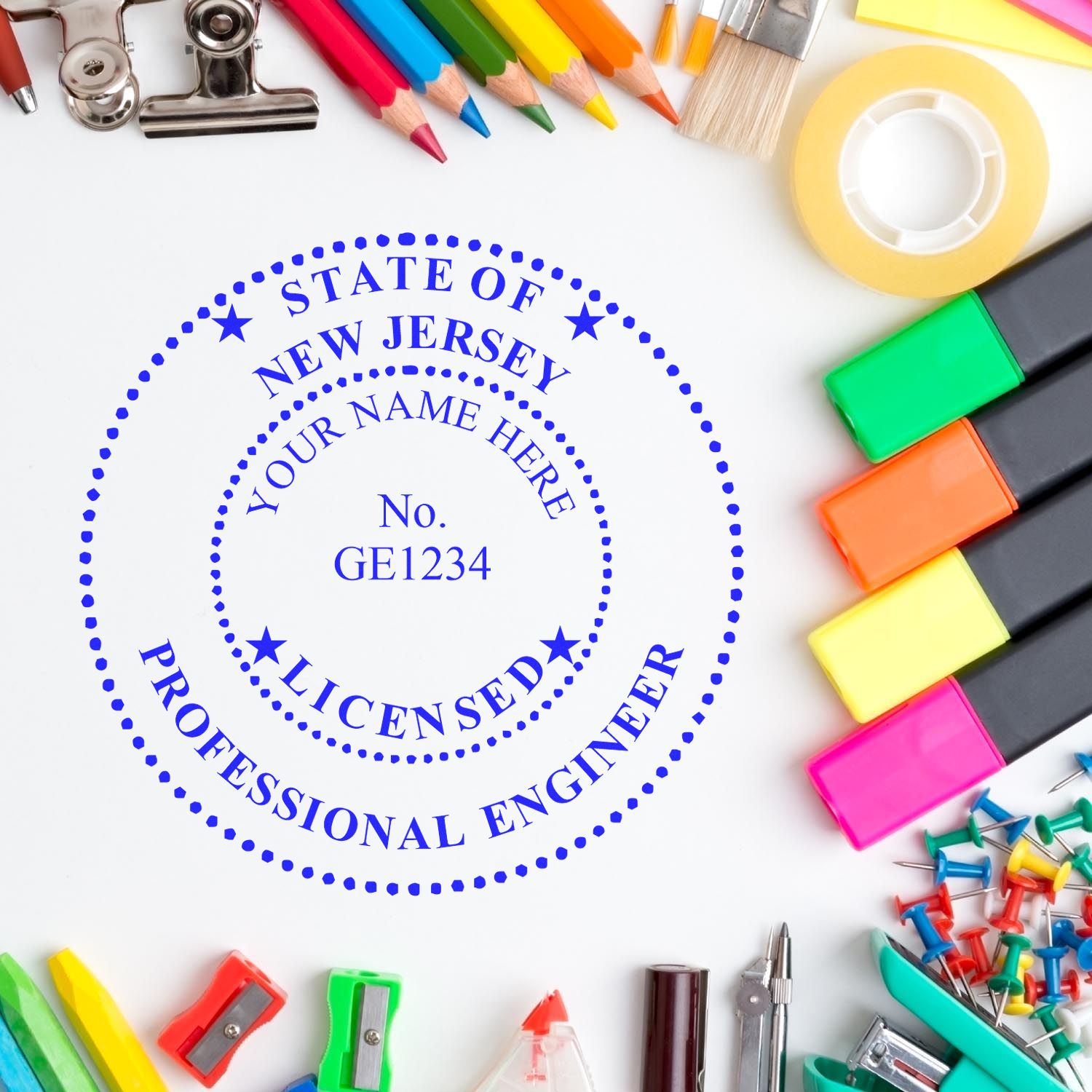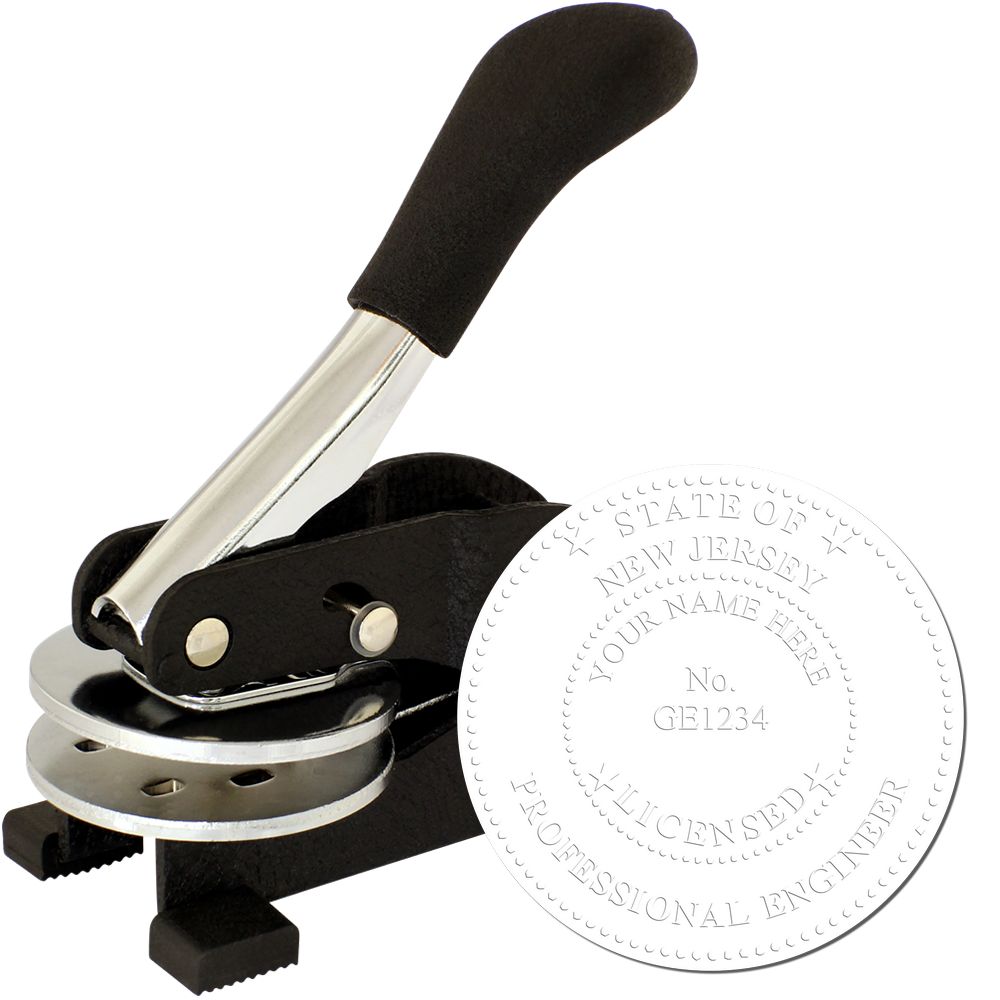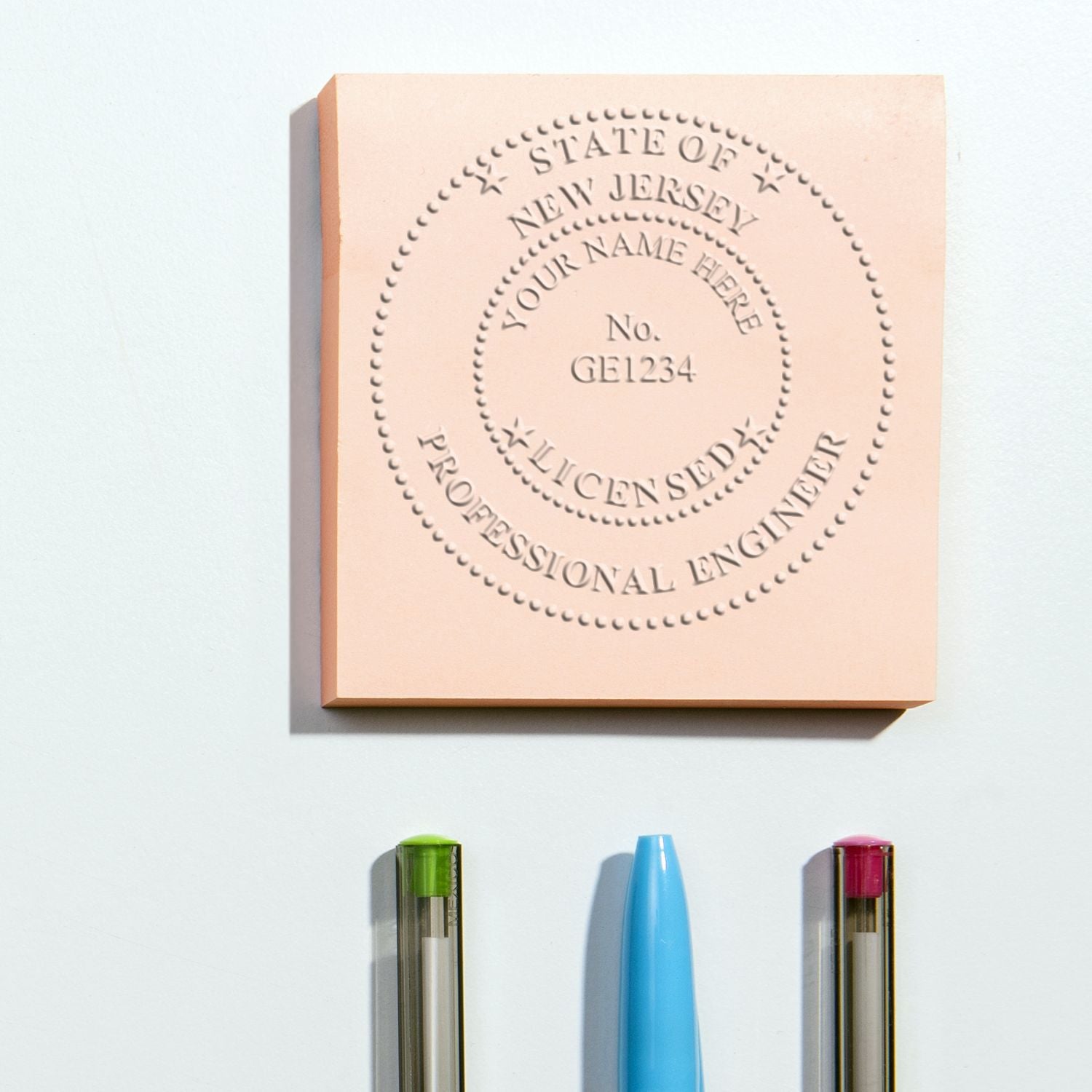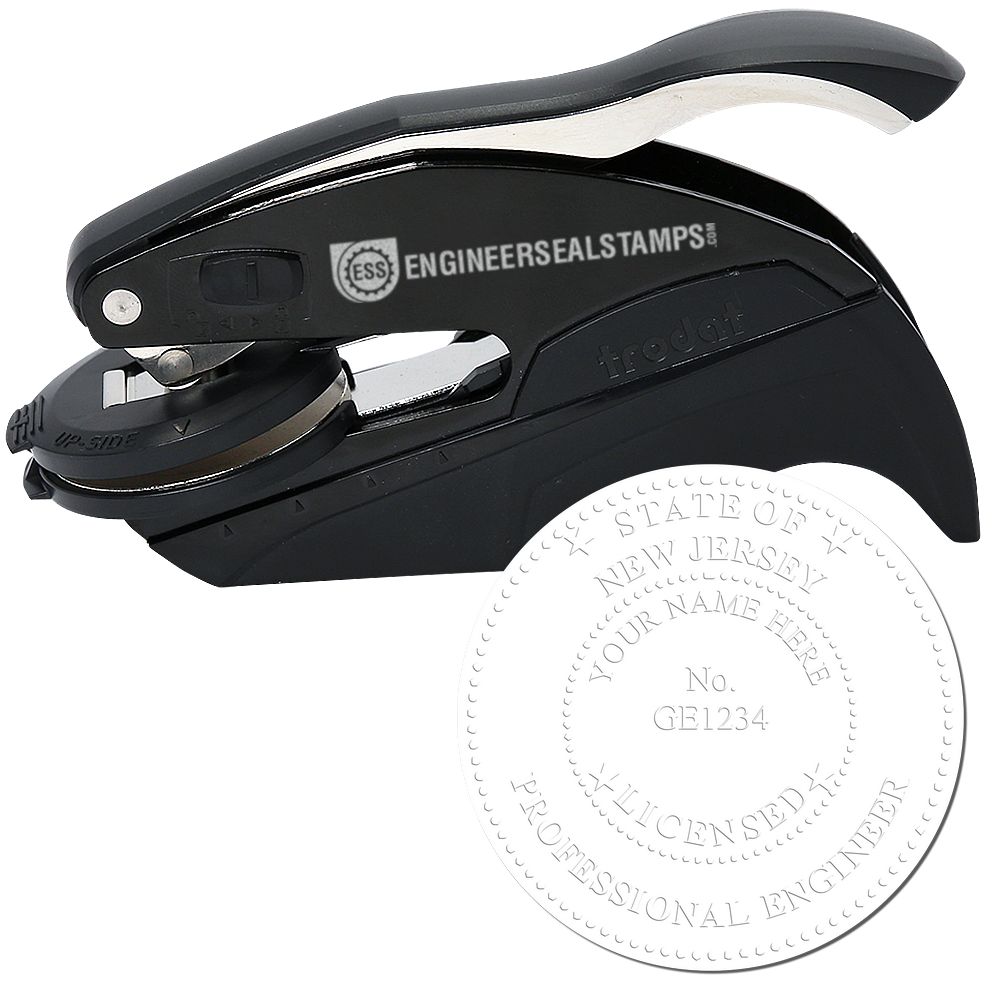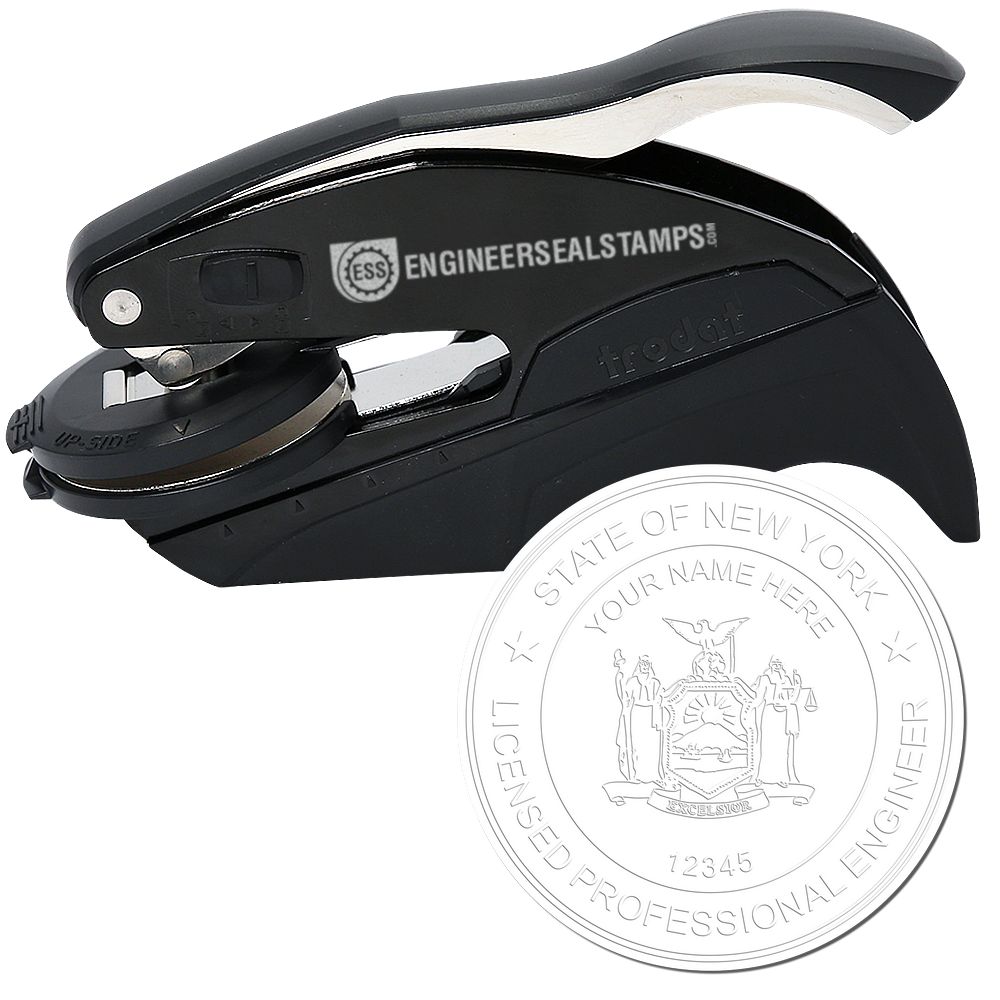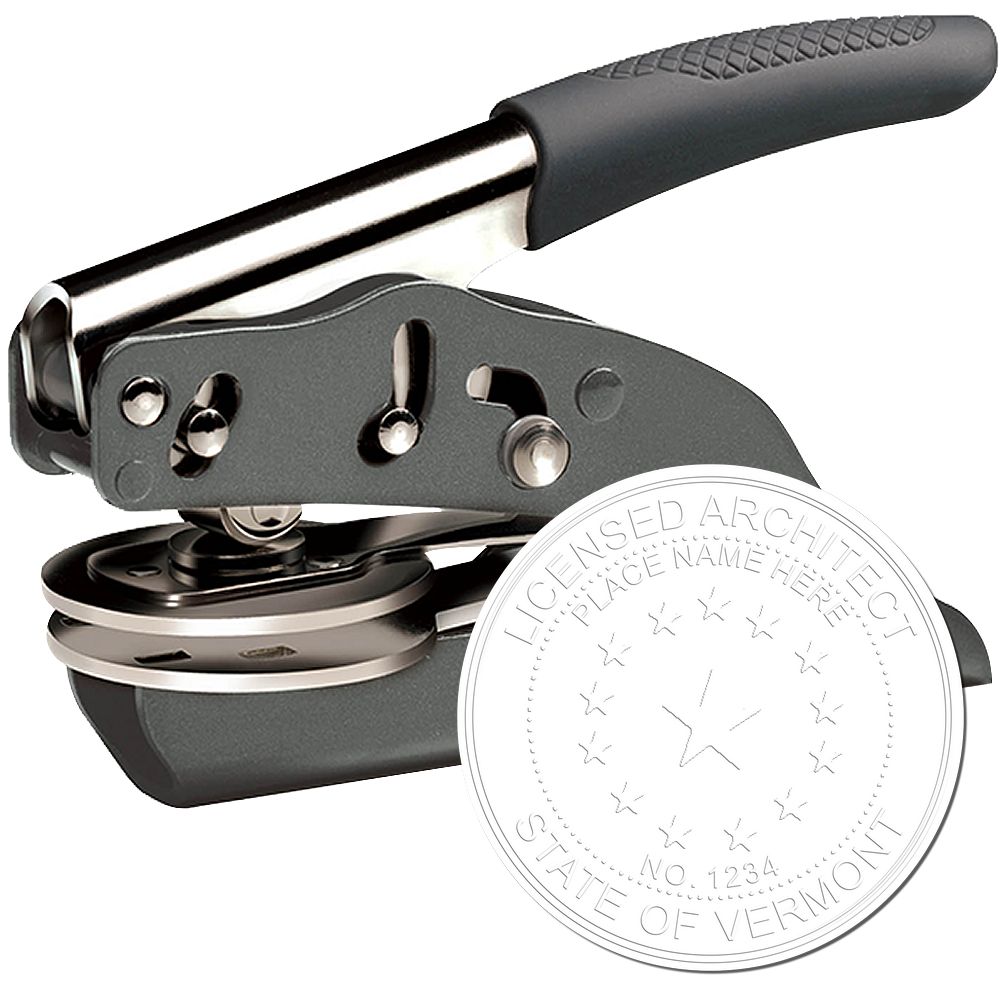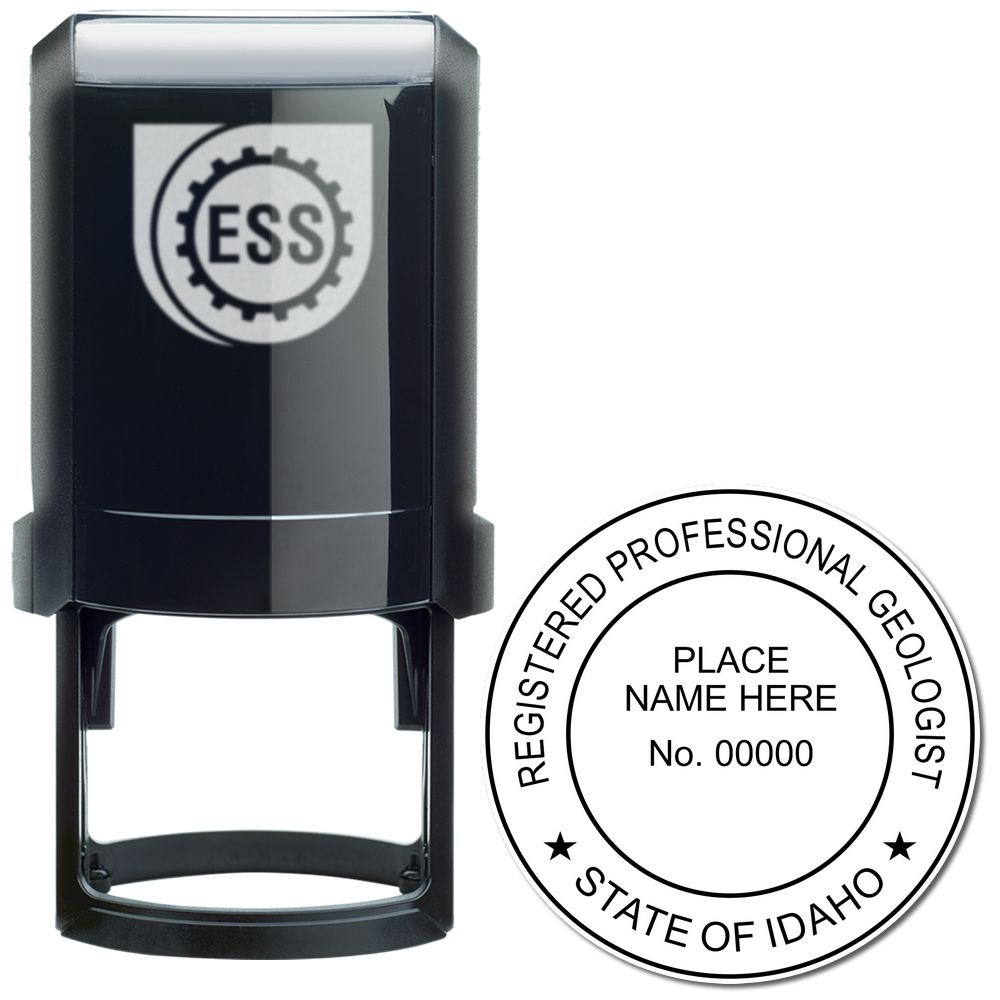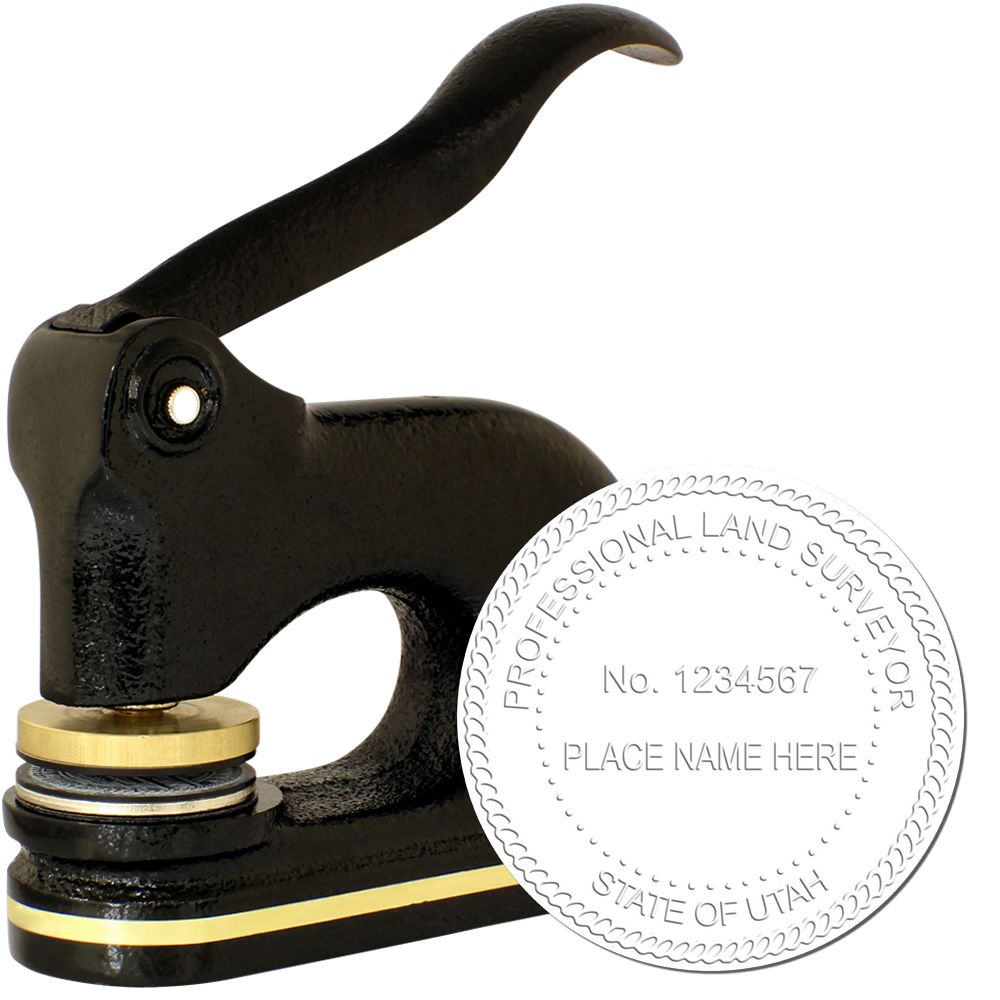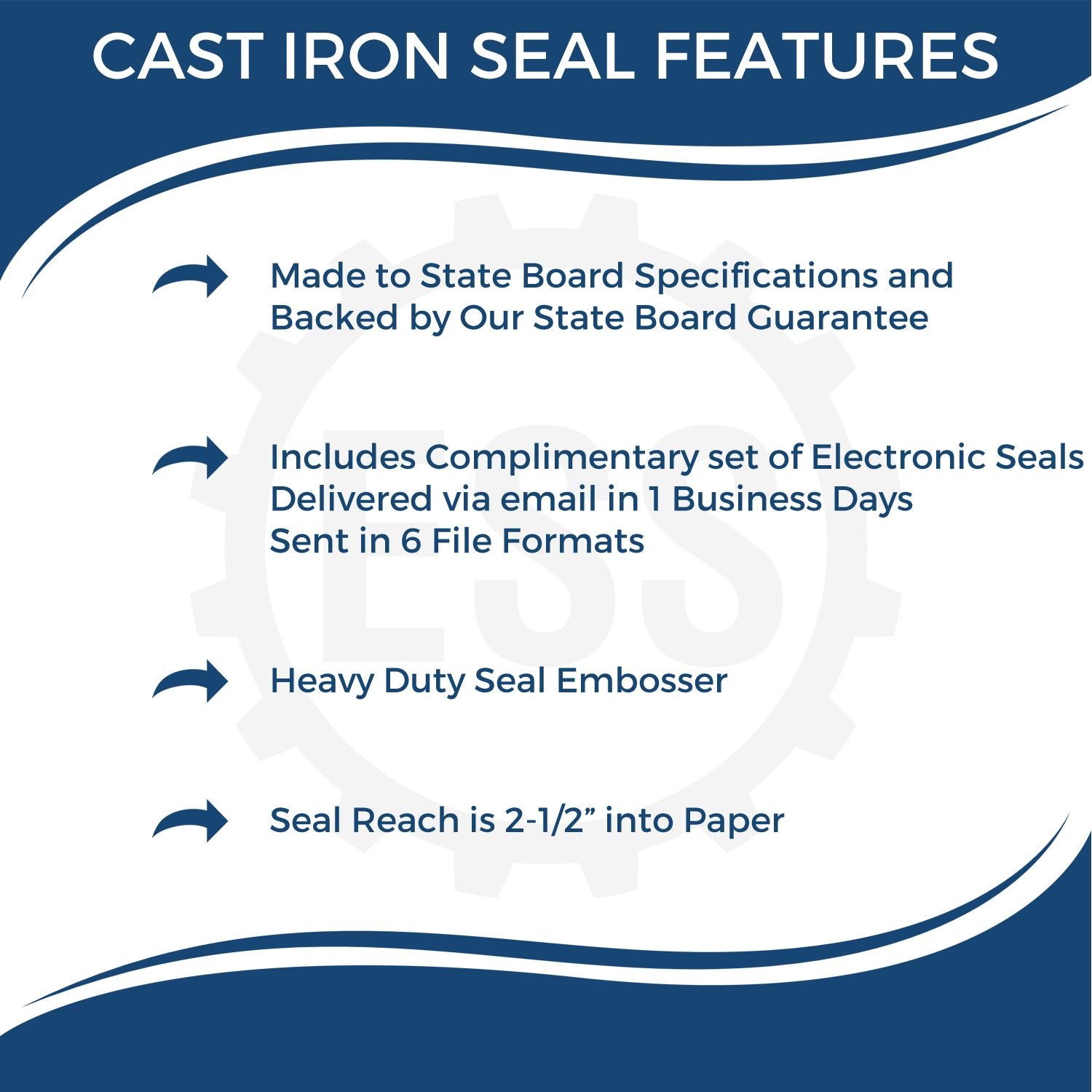The Importance of PE Stamps in New Jersey
To ensure compliance with engineering regulations and standards, obtaining a Professional Engineer (PE) stamp in New Jersey is of utmost importance. The PE stamp serves as a mark of expertise, professionalism, and accountability for engineers practicing in the state. In this section, we will explore the purpose of PE stamps and the legal requirements associated with them in New Jersey.
Understanding the Purpose of PE Stamps
PE stamps play a vital role in the field of engineering by providing a visual indication that a professional engineer has reviewed and taken responsibility for the design, plans, and specifications of a project. The stamp signifies that the engineer has met the necessary qualifications, possesses the required knowledge, and is licensed to practice engineering in the state of New Jersey.
By affixing their PE stamp to engineering documents, professional engineers demonstrate their commitment to public safety, as well as their compliance with industry standards and regulations. The stamp serves as a mark of assurance that the engineering work has been performed by a qualified professional and meets the established criteria.
Legal Requirements for Engineering Stamps in New Jersey
In New Jersey, the use of PE stamps is governed by specific legal requirements outlined by the New Jersey State Board of Professional Engineers and Land Surveyors. These regulations ensure that only duly licensed professional engineers use the stamp and that it is applied appropriately.
To obtain a PE stamp in New Jersey, an individual must first meet the educational and experience requirements set by the board. This typically includes completing a four-year engineering degree from an accredited institution and accumulating a specified number of years of professional engineering experience. For more detailed information on the requirements for obtaining a PE stamp in New Jersey, refer to our article on new jersey pe seal requirements.
Once licensed, professional engineers must adhere to the regulations governing the design and usage of the PE stamp. These regulations dictate the size, format, and placement of the stamp on engineering documents. It is crucial for engineers to understand and comply with these guidelines to ensure the validity and legality of their stamped documents. For more information on the specific regulations regarding the design of the PE stamp in New Jersey, refer to our article on new jersey engineer seal regulations.
By familiarizing themselves with the purpose and legal requirements surrounding PE stamps in New Jersey, professional engineers can maintain compliance, uphold their professional integrity, and contribute to the overall safety and quality of engineering projects in the state.
New Jersey PE Stamp Guidelines
To ensure compliance with engineering regulations in New Jersey, it is essential to understand the guidelines for obtaining a PE stamp. The PE stamp, also known as the Professional Engineer stamp, signifies the approval and responsibility of a licensed engineer for a particular project. In New Jersey, specific criteria and an application process must be followed to obtain a PE stamp.
Criteria for Obtaining a PE Stamp in New Jersey
To be eligible for a PE stamp in New Jersey, individuals must meet certain criteria set forth by the New Jersey State Board of Professional Engineers and Land Surveyors. These criteria include:
-
Education: Applicants must possess a bachelor's degree in engineering from an accredited institution or have an equivalent combination of education and experience.
Save 20%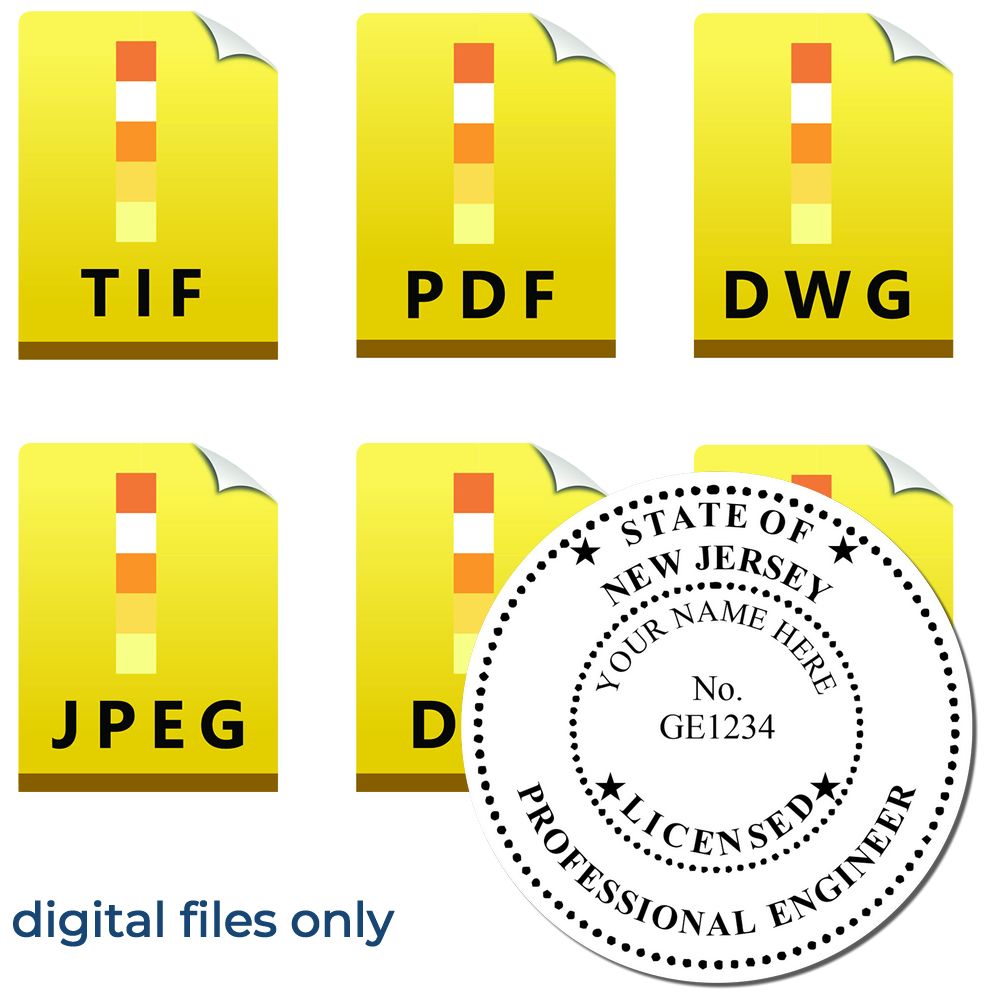
 Digital New Jersey PE Stamp, Electronic Seal for New Jersey Engineer, 6 Files3008ENG-NJSale price$20.00 Regular price$25.00Save 20%
Digital New Jersey PE Stamp, Electronic Seal for New Jersey Engineer, 6 Files3008ENG-NJSale price$20.00 Regular price$25.00Save 20%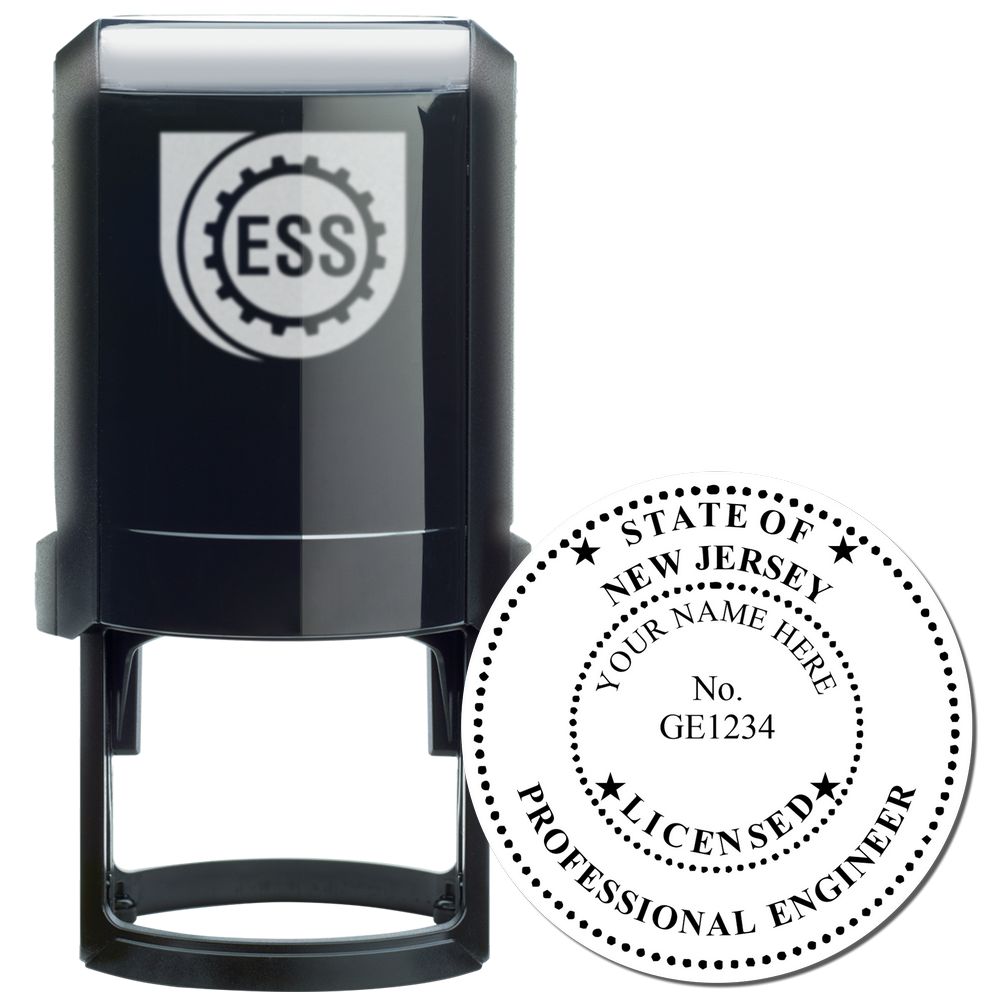
 Self-Inking New Jersey PE Stamp for New Jersey Engineer3006ENG-NJSale price$39.95 Regular price$50.00Save 22%
Self-Inking New Jersey PE Stamp for New Jersey Engineer3006ENG-NJSale price$39.95 Regular price$50.00Save 22%
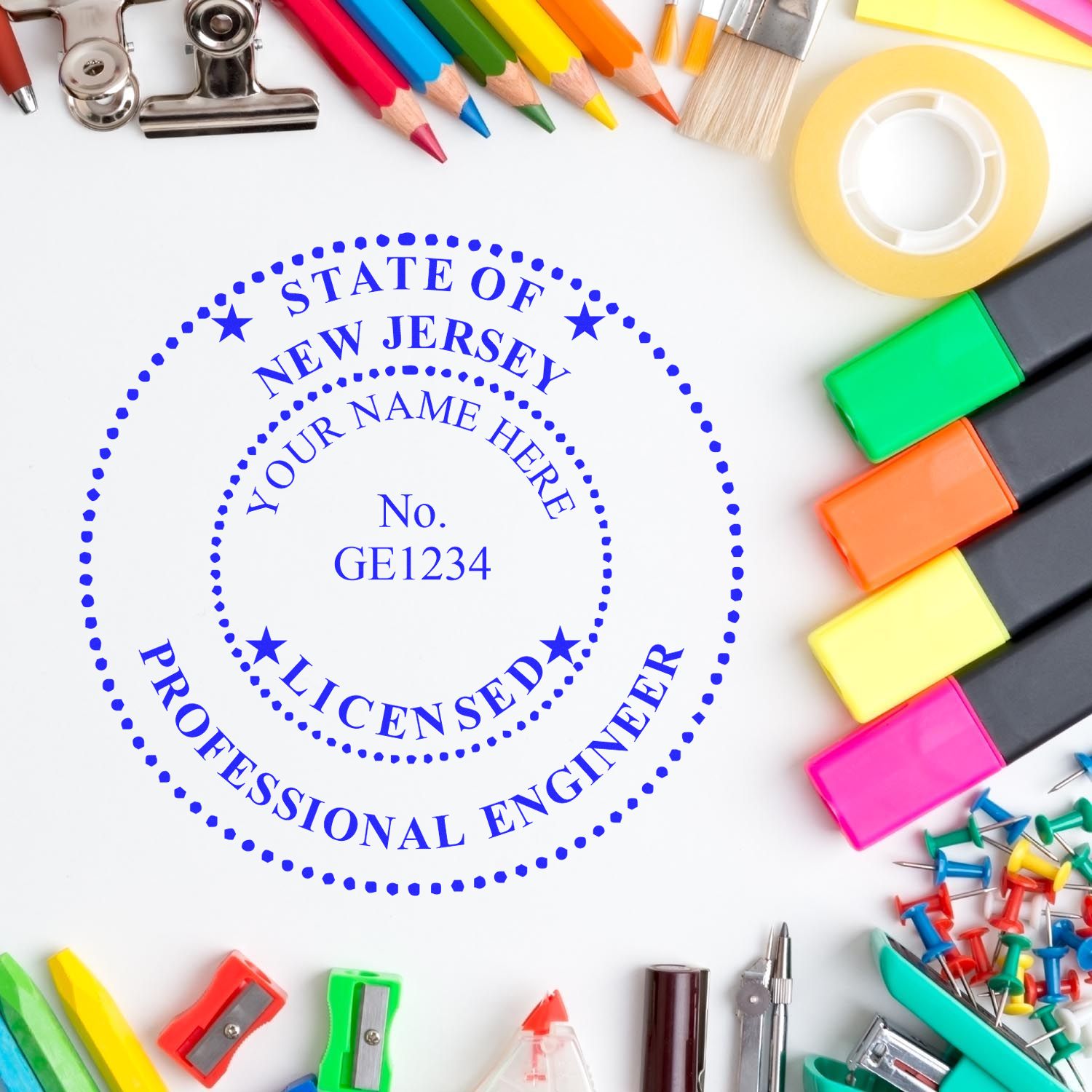 New Jersey Professional Engineer Seal Stamp, NJ PE Stamp3005ENG-NJSale price$34.95 Regular price$45.00Save 15%
New Jersey Professional Engineer Seal Stamp, NJ PE Stamp3005ENG-NJSale price$34.95 Regular price$45.00Save 15%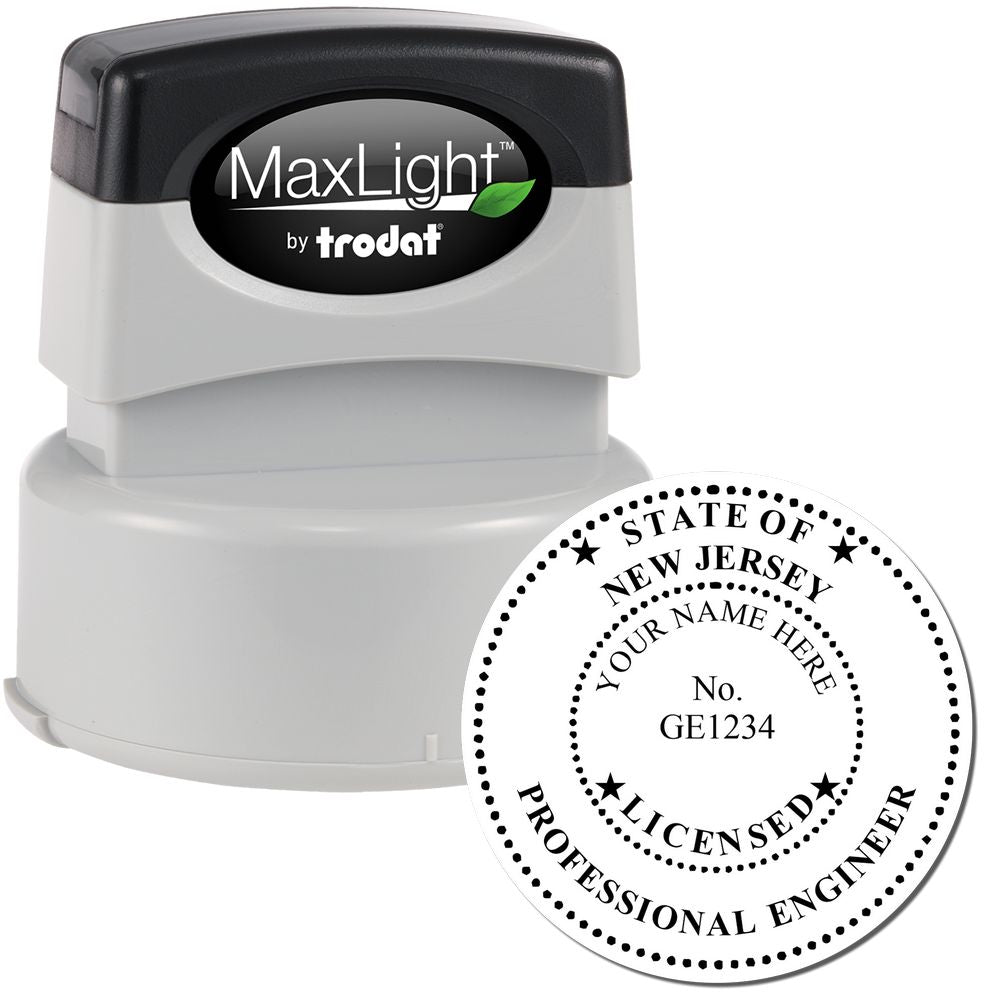
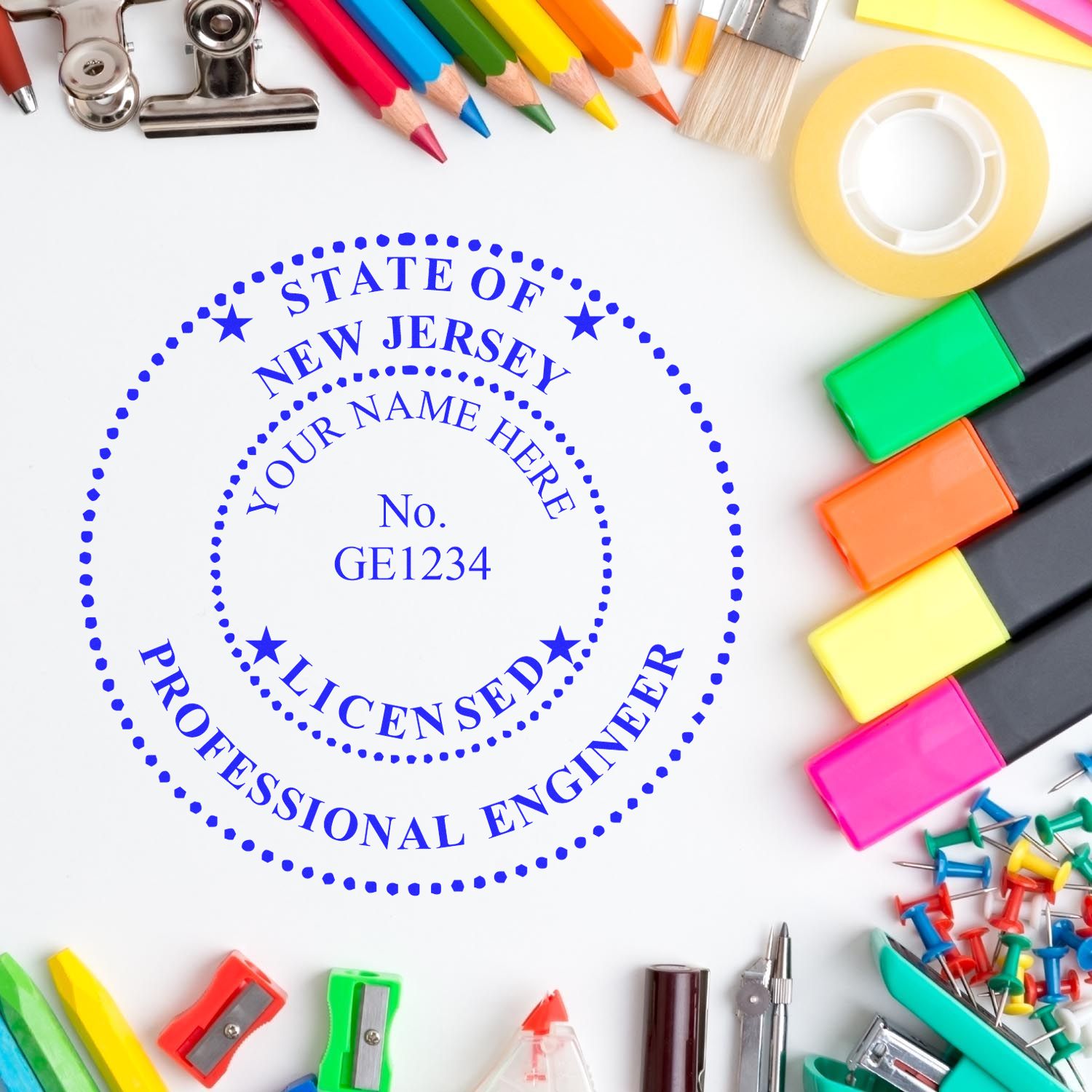 Premium MaxLight Pre-Inked New Jersey Engineering Stamp3021ENG-NJSale price$46.95 Regular price$54.95
Premium MaxLight Pre-Inked New Jersey Engineering Stamp3021ENG-NJSale price$46.95 Regular price$54.95 -
Experience: A minimum of four years of progressive engineering experience is required, with at least one year spent working under the direct supervision of a licensed professional engineer.
-
Examination: Individuals must pass the Principles and Practice of Engineering (PE) examination, which tests their competency in engineering principles and practices within their chosen discipline.
For a detailed breakdown of the requirements and qualifications for obtaining a PE stamp in New Jersey, refer to our article on new jersey pe seal requirements.
Application Process for PE Stamps in New Jersey
Once the eligibility criteria are met, individuals can proceed with the application process for obtaining a PE stamp in New Jersey. The steps involved in this process include:
-
Application Submission: Applicants must complete and submit the application form provided by the New Jersey State Board of Professional Engineers and Land Surveyors. The application requires the submission of educational transcripts, verification of experience, and other supporting documents.
-
Application Review: The board reviews the application to ensure that all requirements are met. This review process may take several weeks to complete.
-
Approval and Issuance: If the application is approved, the board will issue the PE stamp to the applicant. This stamp serves as evidence of the individual's professional engineering licensure in New Jersey.
For a comprehensive overview of the application process and the necessary documents required, visit our article on professional engineer seal new jersey.
By understanding and adhering to the criteria and application process, engineers can obtain their PE stamp in New Jersey and demonstrate their professional competence and ethical responsibility. It is crucial to stay up-to-date with the new jersey engineer seal regulations to ensure compliance with the state's requirements and maintain the integrity of the engineering profession.
Design and Placement Guidelines
When it comes to designing and placing a Professional Engineer (PE) stamp on documents in New Jersey, there are specific guidelines that must be followed. These guidelines ensure consistency and help to maintain the integrity of engineering documents. In this section, we will explore the size and format requirements for PE stamps and discuss the proper placement on documents.
Size and Format Requirements for PE Stamps
The New Jersey PE stamp must meet certain size and format requirements to be considered valid and compliant. The stamp should have a minimum dimension of 1.5 inches and a maximum dimension of 2.25 inches. This ensures that the stamp is clearly visible when applied to documents. It's important to note that the size is measured on the longest side of the stamp.
In addition to the size requirements, the PE stamp should be in a circular or rectangular format. The circular format is commonly used, but the rectangular format is also acceptable as long as it fits within the specified dimensions. The stamp should display the official seal of the professional engineer, including the engineer's name, license number, and the words "Licensed Professional Engineer" or "Professional Engineer."
To get a better understanding of the specific design requirements for a PE stamp in New Jersey, refer to our article on new jersey engineer seal design.
Proper Placement of PE Stamps on Documents
To ensure compliance with New Jersey PE stamp guidelines, it is important to understand the proper placement of the stamp on engineering documents. The PE stamp should be clearly visible and legible on each page of the document that requires certification or authentication by a professional engineer.
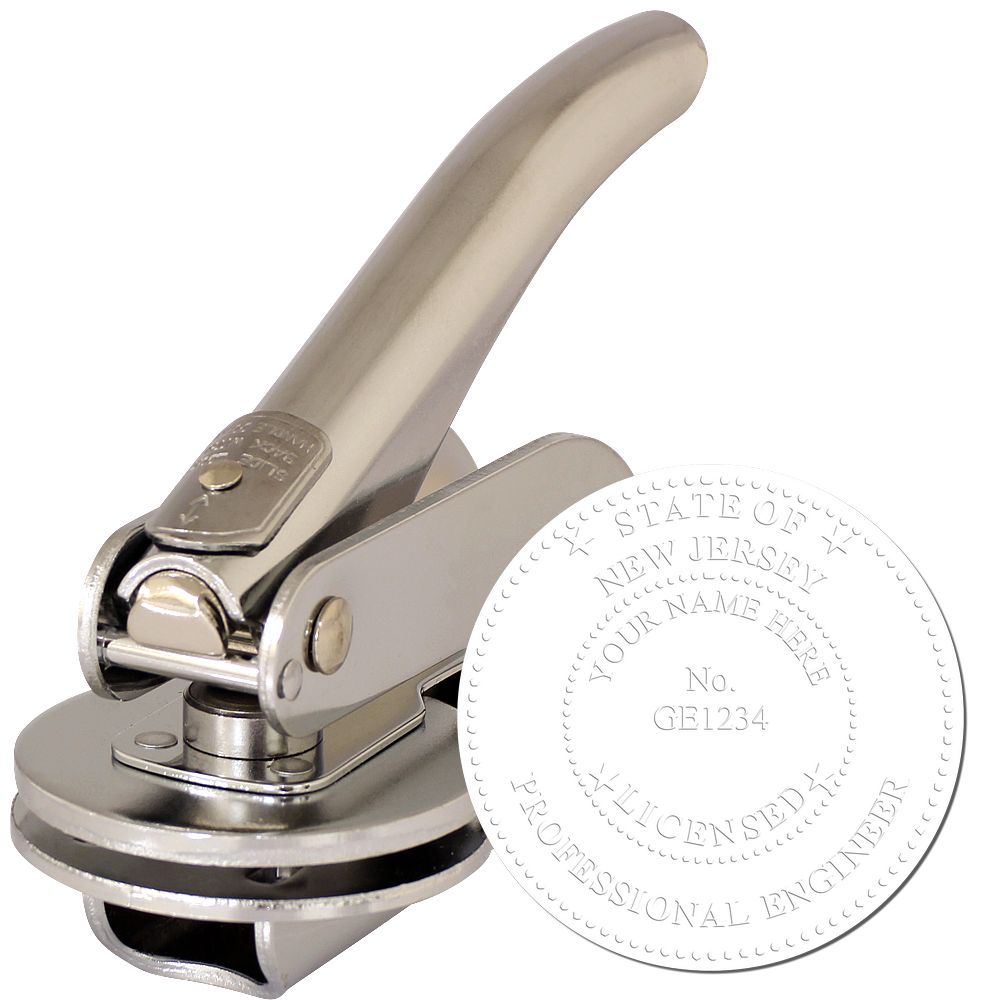

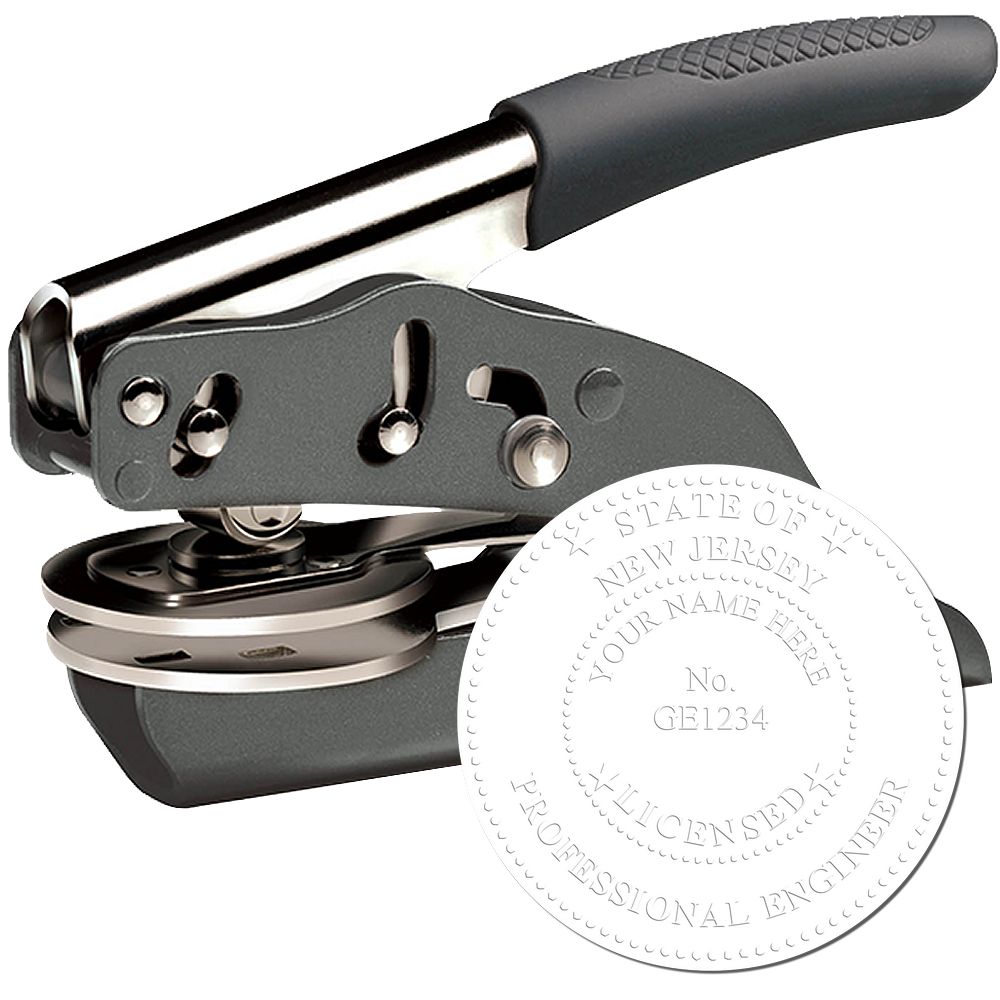

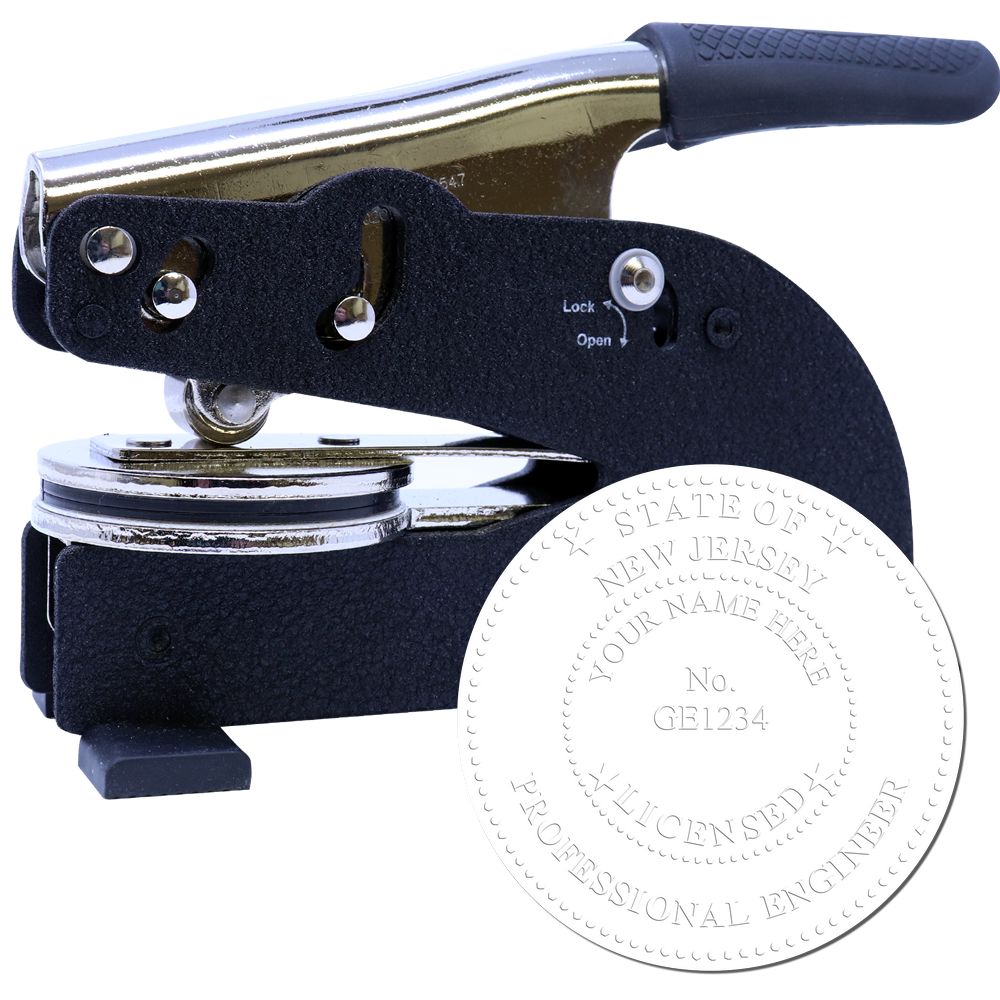

The PE stamp should be placed near the engineer's signature and date on the document. It should not overlap or cover any essential information or drawings. The stamp should be positioned in a way that does not obstruct the readability or understanding of the document.
For detailed information on the regulations regarding the use of PE stamps in New Jersey and the placement guidelines, refer to our article on new jersey pe seal requirements.
By adhering to the size and format requirements, as well as following the proper placement guidelines, engineers can ensure that their documents are compliant with New Jersey PE stamp regulations. It is important to stay informed about the guidelines to maintain professionalism and meet the legal requirements set forth by the state.
Content Requirements
When it comes to New Jersey PE stamps, there are specific content requirements that must be followed to ensure compliance with the regulations. These requirements outline the essential information that must be included in the PE stamp as well as additional guidelines for its content.
Essential Information to Include in PE Stamps
A New Jersey PE stamp must contain certain essential information to be considered valid. The following details should be included on the stamp:
-
Engineer's Name: The full legal name of the professional engineer should be clearly printed on the stamp. This ensures that the stamp can be attributed to the responsible engineer.
-
License Number: The engineer's New Jersey license number should be prominently displayed on the stamp. This number serves as a unique identifier for the engineer and confirms their professional qualifications.
-
Seal Design: The PE stamp should incorporate the approved design as specified by the New Jersey Board of Professional Engineers and Land Surveyors. The design typically includes the official state seal, the words "Professional Engineer," and the engineer's license number.
For more detailed information on the specific design requirements for New Jersey PE stamps, refer to our article on new jersey engineer seal design.
Additional Guidelines for PE Stamp Content
In addition to the essential information outlined above, there are additional guidelines to consider when creating the content for a New Jersey PE stamp. These guidelines aim to ensure clarity and legibility of the stamp. Here are a few points to keep in mind:
-
Font Size and Style: The font used on the PE stamp should be clear, legible, and of an appropriate size. It is recommended to use a font size no smaller than 8 points to ensure readability.
-
Stamp Color: The stamp should be imprinted in a color that provides sufficient contrast against the background of the document. Black ink is commonly used for PE stamps, as it offers high visibility.
-
Stamp Size: The size of the PE stamp is an important consideration. It should be large enough to be clearly visible and legible when applied to the document. The exact dimensions may vary, so it's essential to refer to the specific guidelines provided by the New Jersey Board of Professional Engineers and Land Surveyors.
For a comprehensive understanding of the content requirements for New Jersey PE stamps, including specific dimensions and guidelines, please refer to our article on new jersey pe seal requirements.
By ensuring that the essential information is included and following the additional content guidelines, engineers can create PE stamps that meet the requirements set forth by the state of New Jersey. Adhering to these guidelines is crucial to maintain compliance with the regulations governing the use of PE stamps.
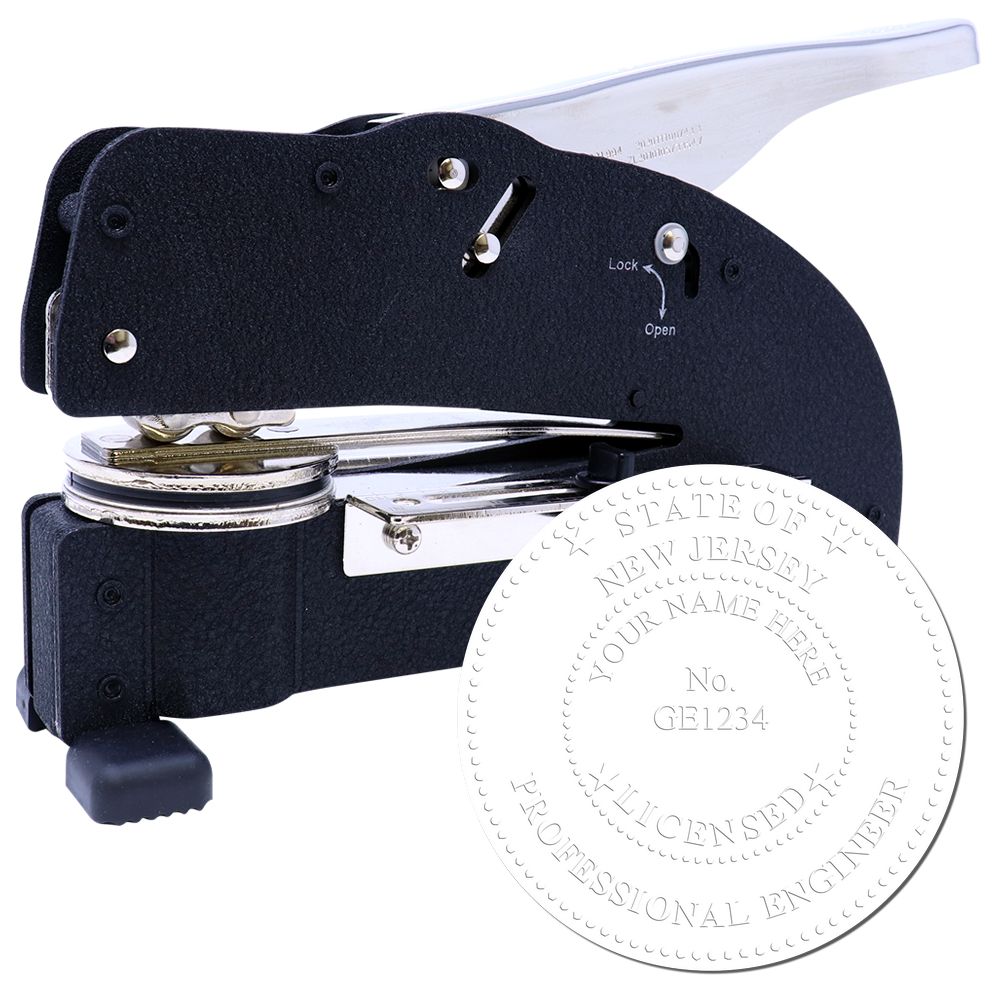

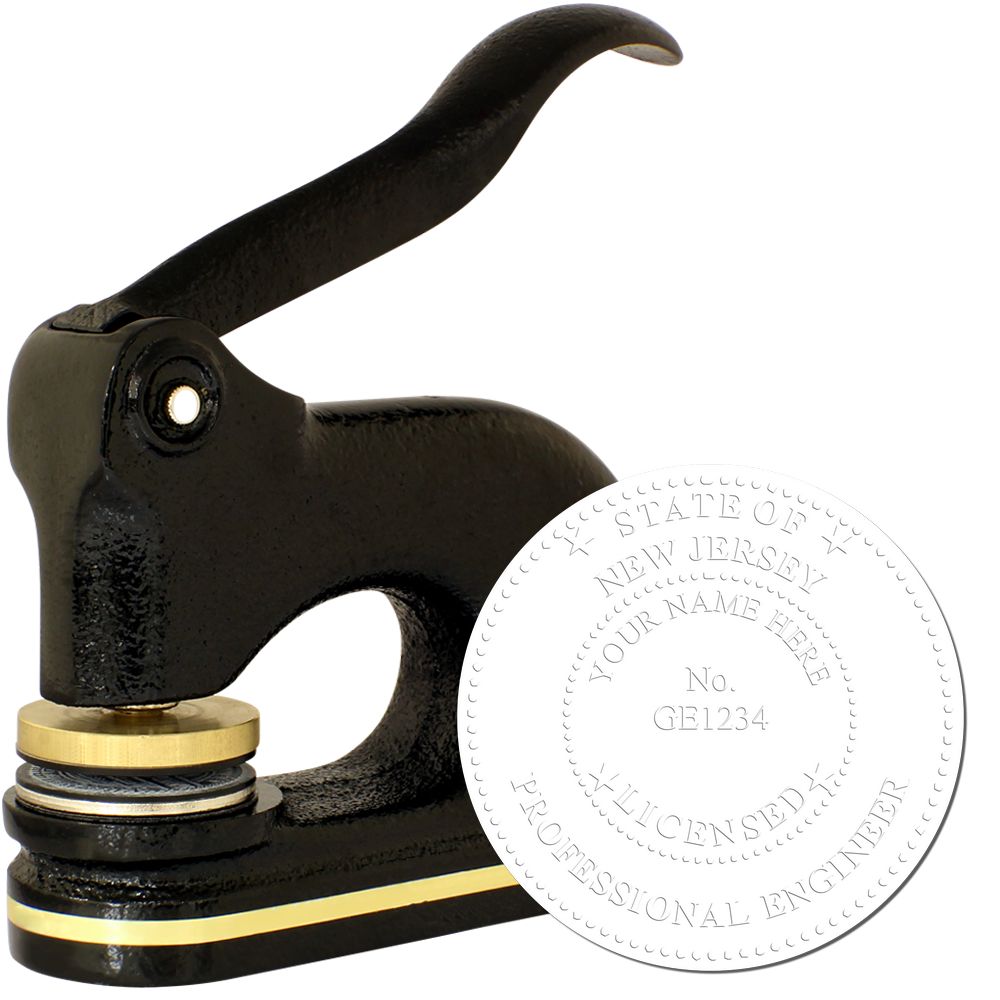

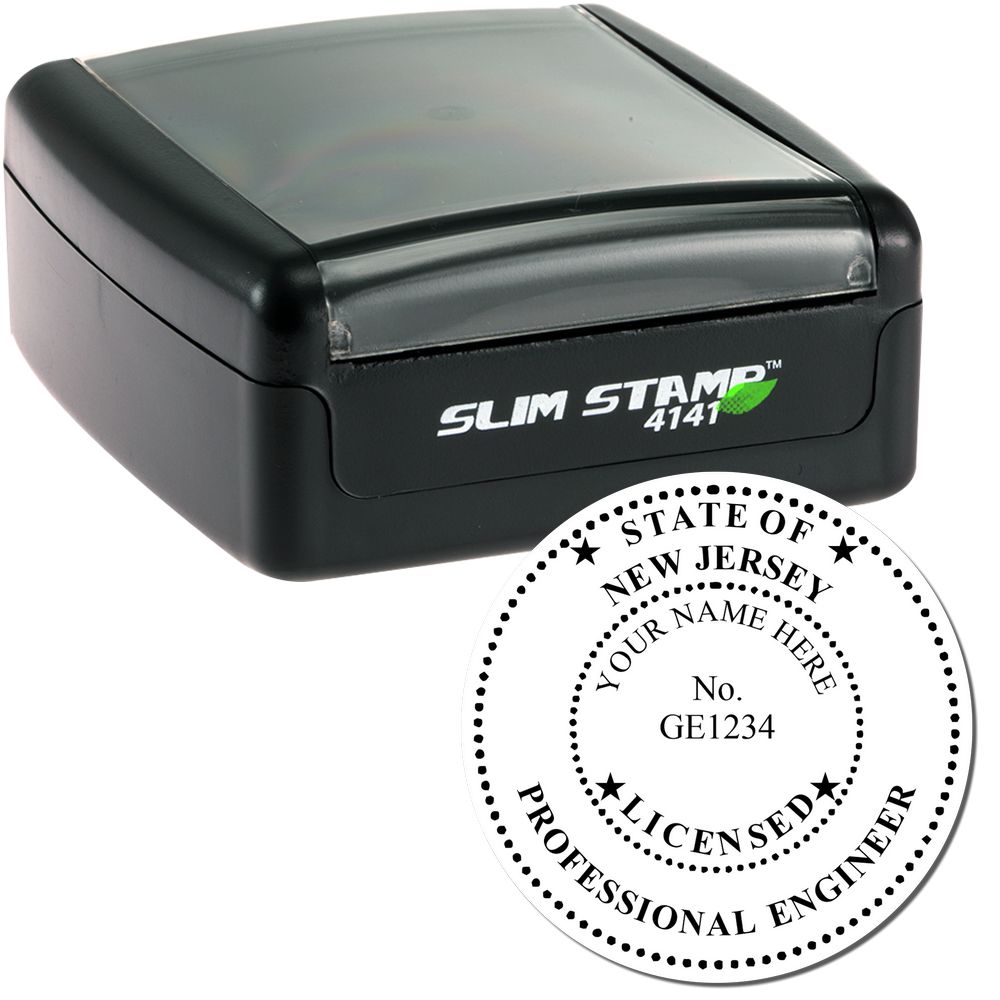

Maintaining Compliance
To ensure compliance with the New Jersey PE stamp guidelines, it is essential to understand the requirements for renewal and expiration of PE stamps, as well as the potential consequences of non-compliance.
Renewal and Expiration of PE Stamps
In New Jersey, PE stamps have an expiration date that must be adhered to. The expiration date is typically determined by the Board of Professional Engineers and Land Surveyors. It is important for professional engineers to be aware of their stamp's expiration date and initiate the renewal process in a timely manner to avoid any disruptions in their engineering practice.
The renewal process may involve submitting an application and paying a renewal fee to the relevant licensing board. It is crucial to follow the specific guidelines outlined by the board to ensure a smooth and successful renewal of the PE stamp. For detailed information on the renewal process and specific requirements, refer to our article on new jersey pe seal requirements.
Consequences of Non-Compliance with PE Stamp Guidelines
Failure to comply with the New Jersey PE stamp guidelines can have serious consequences for professional engineers. Non-compliance may result in disciplinary action by the licensing board, which can include penalties, fines, and even suspension or revocation of the engineer's license.
It is crucial for professional engineers to understand and adhere to the guidelines set forth by the New Jersey licensing board to maintain their professional reputation and ensure the safety and integrity of their engineering work. Familiarizing oneself with the specific regulations and requirements for the PE stamp is paramount to avoid any potential legal or professional ramifications. For more information on the regulations surrounding the New Jersey PE stamp, refer to our article on new jersey engineer seal regulations.
By staying informed and up-to-date with the renewal process and adhering to the guidelines established by the licensing board, professional engineers can maintain compliance with the New Jersey PE stamp requirements. This not only demonstrates their commitment to professionalism and adherence to industry standards but also ensures the validity of their engineering work in the state of New Jersey. For assistance with designing a professional engineer seal that meets the New Jersey requirements, consult our article on new jersey engineer seal design.
About ESS
At Engineer Seal Stamps (ESS), we aren't just makers; we're dedicated craftsmen passionate about bringing precision to your fingertips. Specializing in the creation of custom rubber stamps, professional seals, and notary stamps, our expertise is underpinned by a steadfast commitment to stellar customer service. Every ESS product isn't just a tool, but a promise—backed by our state board guarantee, ensuring that each seal and stamp you receive from us is of impeccable standard. Our dedication extends beyond the product; we pride ourselves on being responsive, attentive, and always in tune with our customers' needs. Choose ESS, where excellence meets assurance, and every impression counts.

